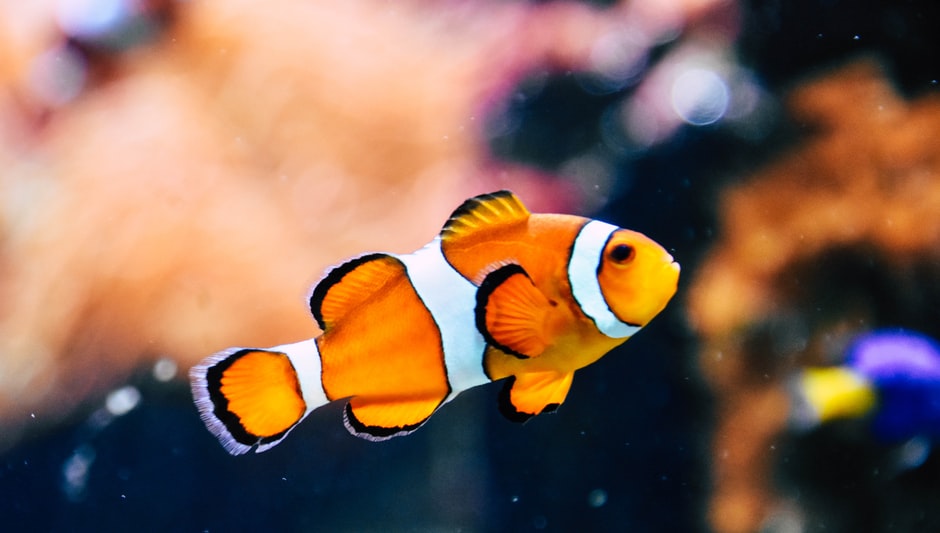The best way to tell if your fish is done is by testing it with a fork at an angle, at the thickest point, and twist gently. When the fish is done, it will lose its translucent or raw appearance.
A good rule of thumb is to cook the fish to an internal temperature of 165F (75C) for at least 30 minutes. If you don’t have a fish thermometer, you can use a kitchen scale to check the temperature.
If you’re using a scale, be sure to use it in a well-ventilated area, away from heat sources such as a stove or oven.
Table of Contents
What temperature should sole be cooked to?
Sole is usually cooked between 104f and 140f (40c and 60c) which can range from slightly warmed to firm and even chewy at the high end. The fish needs to be cooked long enough to heat it through, and then it’s ready to eat.
The best way to cook the fish is to place it in a large pot of salted water and bring it to a boil, then reduce the heat to medium-low and let it simmer for 10-15 minutes. Once the water is boiling, remove from heat and allow to cool for 5-10 minutes before serving.
How do you cook Alaskan sole fillets?
Remove from oven and serve with fresh dill. White rice or roasted Greek potatoes can be served next to a salad.
Is sole fish healthy?
Sole fish is low in calories and fat but high in protein and select micronutrients like selenium and vitamin B12. Sole fish has a small amount of zinc, vitamins E, copper, magnesium, iron, magnesium, and phosphorus, as well as zinc sulfate. Fish is a good source of omega-3 fatty acids, which are important for brain development and brain health.
Fish also has a variety of vitamins and minerals, including calcium, riboflavin, thiamine, niacin and pyridoxine (vitamin B6). Fish has also been shown to reduce the risk of heart disease, stroke, high blood pressure, type 2 diabetes, Alzheimer’s disease and certain types of cancer.
Can you cook sole with the skin on?
It is very easy and doesn’t require any fancy equipment. It is quite satisfying, like peeling off plaster. If you’re looking for something a little different, try this recipe from The Kitchn.
How long should you cook fish?
The 10-minute rule is recommended by the Baking Times for Fish Chefs. The rule states that fresh fish should be baked for 10 minutes per inch of thickness. The simplest way to make sure you don’t overcook your fish is to follow this rule.
How many minutes do I fry fish?
Fry coated fish in hot oil for 5 minutes on each side, until it is golden brown. Remove and drain the fish from the brown paper towels when it is golden all over. In a large skillet, heat the olive oil over medium-high heat. Add the garlic and sauté until fragrant, about 3-5 minutes. Stir in the onion and cook until soft and translucent, 5-7 minutes, stirring occasionally. Season with salt and pepper, to taste.
Remove from the heat and set aside to cool slightly. In a small bowl, whisk together the flour, baking powder, and salt. Whisk in 1/2 cup of the milk and the remaining milk until smooth. Pour the wet mixture into the dry mixture and stir until just combined. Transfer the mixture to a bowl and cover with plastic wrap. Refrigerate for at least 1 hour or up to 2 days, until ready to use.
Can you overcook fish?
Fish that seems tough when you bite into it is probably overcooked. As it moves from done to done, the flesh shrinks, which leaves the fish dry and squishy. The flavor of fresh fish is as fragile as its texture. The best way to tell if your fish is done is to take a bite out of it and see if it’s soft and pliable.
If it isn’t, you’re probably cooking it too long, and you’ll want to reduce the cooking time. You can also check the internal temperature of a fish by placing it in a bowl of ice water and letting it sit for a few minutes, then checking the temperature with an instant-read thermometer.
What kind of fish is sole?
Several families own a fish called Sole. Generally speaking, they are members of the family Soleidae, but, outside Europe, the name sole is also applied to various other similar flatfish, especially other members of the sole suborder Soleoidei as well as to a few other species in the genus Soleus.
